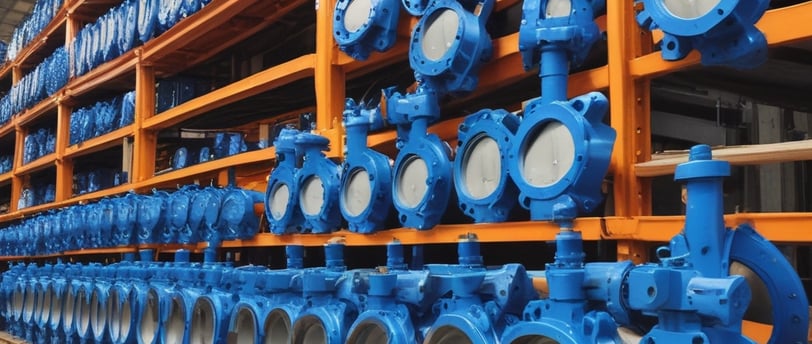Global Valve Industry Trends: 5 Key Developments B2B Wholesalers Must Watch in 2024
4/20/20252 min read


Introduction to Valve Market Trends
The global valve industry is witnessing transformative changes that present both challenges and opportunities for B2B wholesalers. Understanding these valve market trends is essential for wholesalers to develop effective business strategies. In 2024, five significant developments are set to shape the landscape of the valve industry, driven by technological advancements and regulatory shifts.
The Rise of Smart Valves
One of the most prominent trends within the valve market is the increasing adoption of smart valves. These innovative devices are equipped with advanced sensors and Internet of Things (IoT) capabilities, allowing for real-time monitoring and control of fluid dynamics. B2B wholesalers must pay attention to this trend as it enhances operational efficiency and improves predictive maintenance, significantly reducing downtime for end-users. The integration of smart technology also aligns with the growing demand for automation in various industrial sectors.
Impact of Environmental Regulations
Another critical factor influencing the valve industry is the tightening of environmental regulations worldwide. Governments are enacting stricter standards to mitigate the environmental impact of industrial processes, compelling manufacturers and wholesalers to adapt. B2B wholesale strategies must include compliance with these regulations by offering valves that meet or exceed these requirements. This proactive approach not only builds trust with customers but also helps businesses stay competitive in a rapidly evolving market.
Emerging Market Demand Forecasts
As the global economy evolves, emerging markets are becoming increasingly important for valve sales. Industries in countries such as India, Brazil, and Southeast Asia are experiencing rapid growth, creating a surge in demand for efficient valve solutions. B2B wholesalers should focus on market analysis to tailor their offerings to meet the unique needs of these regions. By aligning product development with local market demands, wholesalers can position themselves advantageously against competitors.
Conclusion: Adapting to Industry Changes
In conclusion, the global valve industry is on the cusp of significant developments that will reshape B2B wholesaling in 2024. The rise of smart valves, the impact of environmental regulations, and the increasing demand from emerging markets underscore the necessity for wholesalers to evolve their strategies. Staying informed about these valve market trends will not only enable wholesalers to navigate challenges effectively but will also allow them to capitalize on new opportunities in this dynamic industry.